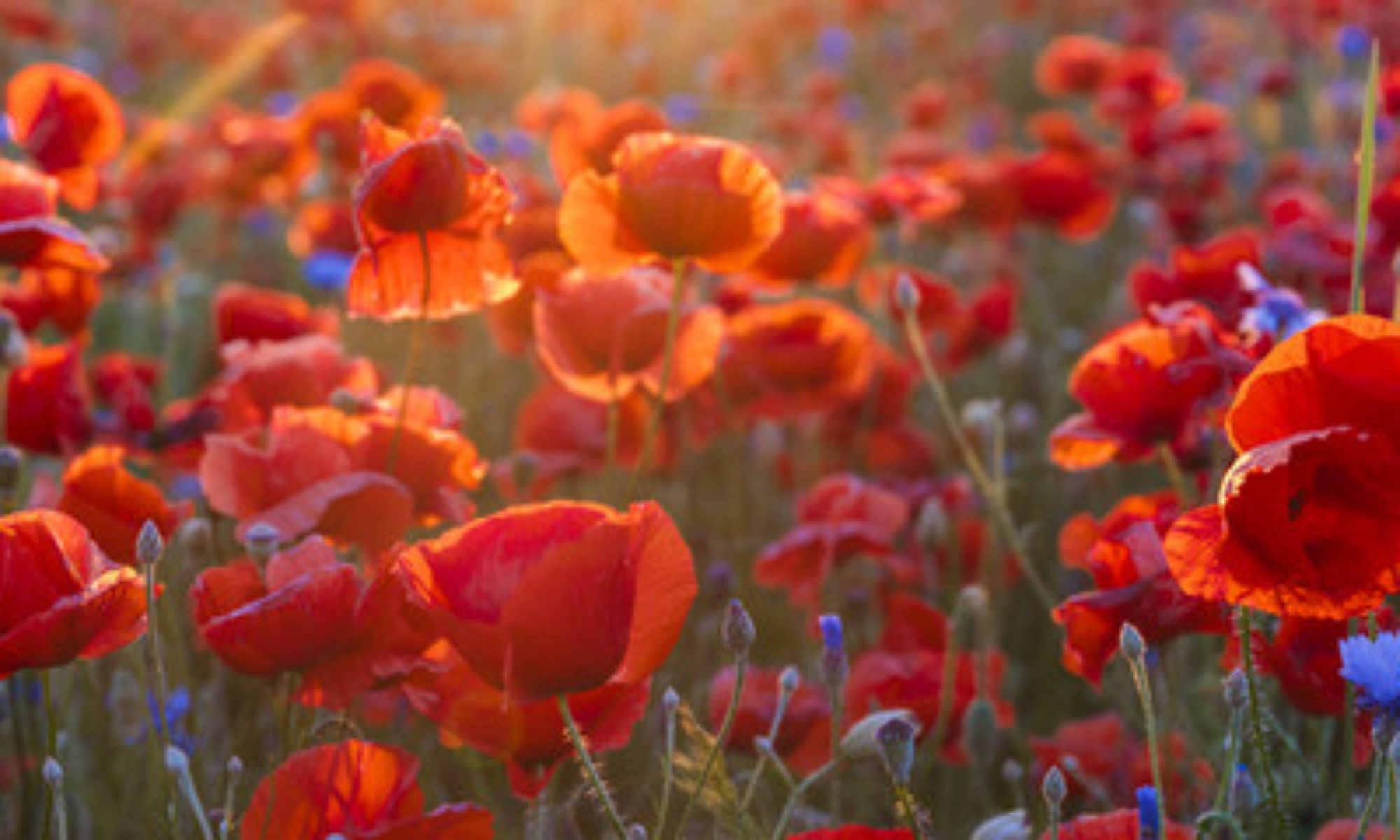Detailed information on all aspects of exhibiting can be found in the Royal Horticultural Society’s Show Handbook. A reference copy is held by the Show Secretary.
Vegetables
The exhibitor must look for condition, size and uniformity.
Condition means freshness, tenderness and cleanliness. Size is meritorious if accompanied by quality. Uniformity means being alike in size, form and colour and applies in classes where more than one example is required.
Collections – The number of any vegetable or fruit forming part of a collection shall be the same as specified elsewhere in the schedule.
Runner Beans – long, slender, and straight, fresh pods with stalks and no outward sign of seed. Place directly on the table or a prepared board.
Cabbages – shapely and fresh with solid hearts. Place directly on the table.
Cucumbers – fresh, young and green with short handles and where possible with flowers still adhering. Place directly on the table.
Carrots – firm and tender roots of clean colour and texture, not showing signs of being coarse, mishapen or green at the crown. Place directly on the table.
Lettuces – firm and tender with unbroken hearts of good colour. Place directly on the table.
Marrows – young, tender marrows of up to 38.5cm in length are desired. Place directly on the table.
Peas – fresh pods of good colour, free from pest damage and filled with tender peas. Arrange on a plate.
Potatoes – medium sized, clear skinned and fresh. Arrange on a plate.
Tomatoes – correct size and shape for the variety, ripe but firm with calyces attached. Place directly on the table or a plate.
Onions – firm with thin necks and unbroken skins. For tied classes, place on a dish. For as grown classes, place directly on the table and do not peel.
Flowers
The exhibitor should seek condition, which means that any exhibit should be at its best stage, fresh and free from damage from pests or disease. Uniformity is also important. In classes where a number of stems is not stated, do not overload the vase with too many blooms and arrange the exhibit in such a way that the blooms may be seen to their best advantage.
Cacti and succulents – well balanced, healthy specimens are desired. A plant which is in flower will be preferred to one which is not.
Flowering pot plants – well balanced specimens with clean foliage which is healthy, undamaged and most flowers open.
Foliage pot plants – sturdy, shapely plants with clean, unblemished, healthy foliage. If at the time of showing a foliage plant is in flower, there is no need to remove the flowers.
In both flower and foliage classes, the skill required to produce certain plants will be taken into consideration.
Clean your pots before staging – a dirty pot detracts from the appearance of the exhibit.
Fruit
Do not polish fruit. Apples, blackberries, currants, plums and the like should have stalks left on. Currants should be left in trusses. Stage on a plate, paper or shallow dish. Do not place fruit on leaves.
Preserves
Preserves will be judged for colour, consistency, flavour and staging. Use a 1lb (approximately) plain glass jar with the correct label and cover.
Floral Art
Accessories are only permitted if specified in the class description. Flowers and foliage must be fresh unless otherwise stated in the class description. They need not to have been grown by the exhibitor. With the exception of small and miniature exhibits, exhibits should occupy at least two thirds of the niche.
Niche size W 56cm x D 28cm x H 81cm
